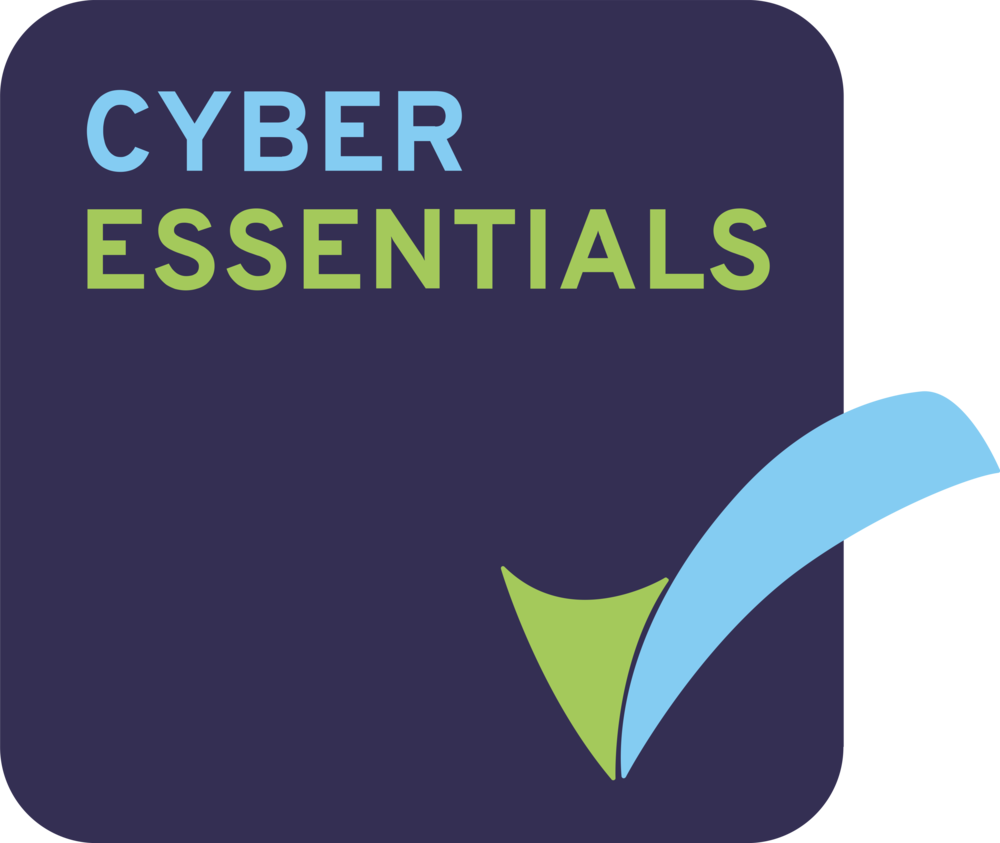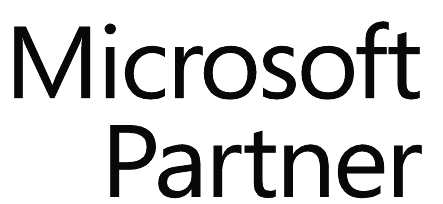One of the key challenges for any planning team is the need to supply accurate long term forecasts providing capacity, workforce planning, and resource planning for an organisation.
What are Long Term Forecasts?
It generally means workforce planning forecasts that are used to provide input into budget setting, target operating models or 1-5 year plans. A business may even consider a today +1month as a long term forecast. Regardless of timescales, there is a common aim; to supply input into a business operating model which provides a phased staffing profile for all skills and contact types which in turn drives site requirements and identifies recruitment needs.
What does a good long term forecast look like?
Any accurate WFM forecast needs demand drivers or a statistical technique to predict volumes. The core drivers will depend on the industry but it is critical that these are identified, agreed and monitored by the business. For example, in a retail environment the marketing team may provide the estimated number of sales for the next year. This can then be converted to contact types based on historical ratios. Similarly you may work in a seasonally driven environment whereby certain events such as annual account statements will drive in demand. Whatever the industry, historical and demand drivers must be identified for the business to provide the basic building blocks for planning.
WFM Forecast Objectives
There is also the need to define the forecast objectives. For each contact type what are the key parameters? This could be based on:
– a service level
– average speed of answer
– occupancy rate
– or a workload calculation.
It may be a mix of different objectives for each contact type. The key is to ensure there is transparency and the objectives are agreed across the business.
Shrinkage & Attrition
Applying the shrinkage % must also be considered i.e. the % of time for planned and unplanned activities. This ideally needs to be phased across the forecast period to maximise resource availability in busy times and release resource in quieter periods. Agent attrition should also be measured to help plan for recruitment activity. Training time for new recruits should also be factored in or a proficiency rate set, so the unproductive time during training is captured.
Shared Business Input – Long Term Forecasting
Hopefully it is becoming clear that a good long term forecasting requires input from across the business. Marketing/Product will provide the demand profiles, Human Resources need to be engaged regarding attrition and Operational teams will need to sign off on the recruitment activity.
Benefits of Using a WFM Application for Long Term Forecasting
Primarily it provides the ability to pull on the historical contact profiles. These will reflect the seasonality and monthly profiles that will provide greater accuracy for workforce planning and resource planning. It also means the forecasts can be tracked against actual activity and an audit trail exists that can be viewed on demand. Lastly most WFM applications allow “what if” or scenario planning whereby long term forecasts can be amended to assess the impact in one or more of the forecast objectives or drivers.
In summary
The key to a good long term forecast is:
– define the forecast objectives from the outset to have something tangible to measure against
– plan for shrinkage and attrition and as you acquire more data over time, refine the plan accordingly
– seek input and buy-in from all relevant business departments
Interested? Contact us if you need more advice on your Workforce Planning/Resource Planning capabilities.















